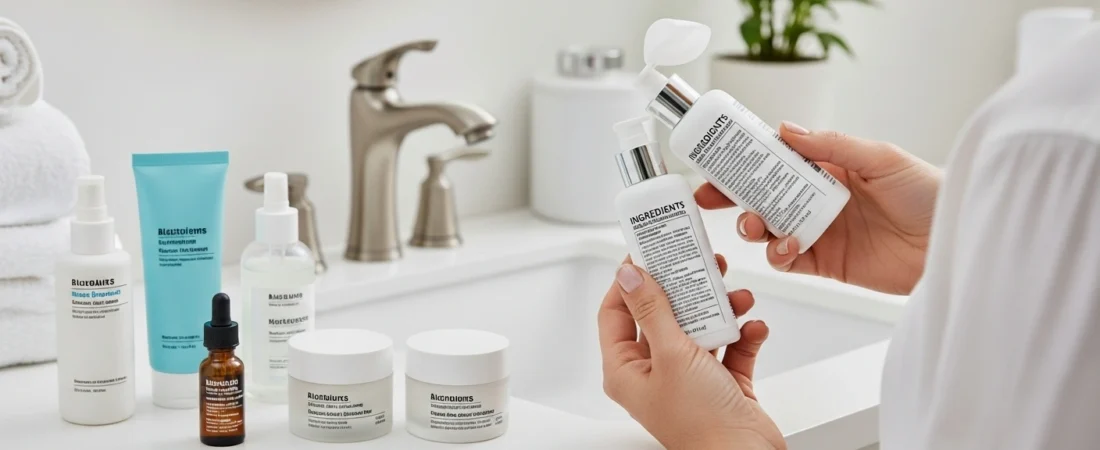Navigating the skincare aisle can feel like a complex puzzle. Every product promises a flawless complexion, but understanding what’s inside the bottle can be a challenge. The key to making informed choices lies in learning how to read a product label. This simple skill empowers you to select products that truly benefit your skin.
Understanding the Ingredient List
The ingredient list is the most important part of any skincare label. By law, manufacturers must list ingredients in descending order of concentration. This means the first few ingredients make up the largest portion of the product. Water (Aqua) is almost always at the top of the list, as it serves as the base for most formulations.
Let’s say you are looking for a moisturizer with a high concentration of hyaluronic acid. You should look for it near the top of the ingredient list, ideally within the first five to seven ingredients. If you find it at the bottom of a long list, it is present in a very small amount and may not provide the benefits you expect.
Key Components to Look For
When you examine a label, you will find several key sections that offer important information.
- Active Ingredients: These are the ingredients that address specific skin concerns. In a sunscreen, for example, the active ingredients are the UV filters, such as zinc oxide or titanium dioxide. In an acne treatment, it might be salicylic acid. These ingredients are often listed separately from the main ingredient list.
- Inactive Ingredients: This list contains everything else in the product, from preservatives to texture enhancers. While they do not directly treat a skin condition, they play a critical role in the product’s stability, feel, and shelf life.
- Expiration Date or PAO Symbol: This is a crucial detail. Look for a symbol of an open jar with a number and the letter ‘M’ inside it, like “12M.” This is the Period After Opening (PAO) symbol, indicating how many months the product is safe to use after you open it. A product with a 12M symbol is good for 12 months after its first use. Always check this date to ensure the product remains effective and safe.
Common Skincare Buzzwords
You often see many marketing terms on the front of a product, such as “dermatologist-tested,” “hypoallergenic,” or “non-comedogenic.” It is important to understand what these terms actually mean.
- Dermatologist-Tested: A dermatologist has reviewed the product, but this does not guarantee it will not cause a reaction.
- Hypoallergenic: This suggests the product is less likely to cause an allergic reaction. However, there is no standardized list of allergens that must be avoided, and a person can still have a reaction to an ingredient.
- Non-Comedogenic: This means the product is formulated not to clog pores. This is particularly important for those with acne-prone skin, but it is not a guarantee that it will not cause breakouts for everyone.
These terms can be helpful, but they should never replace a careful look at the ingredient list itself. Think of them as marketing aids, not definitive scientific claims.
The Role of pH Balance
Some labels may mention the product’s pH level. The pH scale measures acidity and alkalinity, from 0 to 14. Your skin has a natural, slightly acidic pH of around 4.7 to 5.75. Using products with a similar pH helps maintain your skin’s protective barrier. A product with a balanced pH helps prevent dryness, irritation, and damage.
In conclusion, becoming a smart consumer of skincare products requires a bit of detective work. By learning to read ingredient lists, you can move beyond marketing claims and choose products based on what they actually contain. This simple practice not only helps you achieve your skincare goals but also avoids unnecessary irritation and expense.

